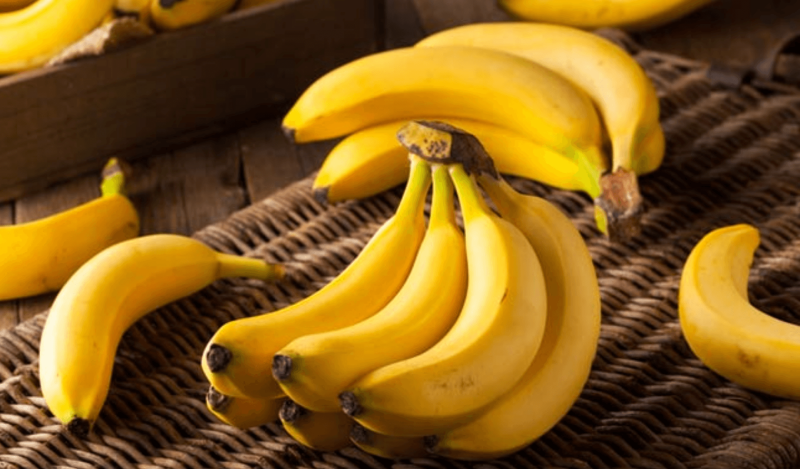When it comes to tropical fruits, Norwich [UK] probably isn’t the first place that springs to mind. But here …. a team of banana experts led by a former Israeli naval commander is working feverishly to save the fruit from extinction.
“Bananas are the fourth most important food crop globally, it’s the most consumed and produced food,” says Gilad Gershon, chief executive of Tropic Biosciences.
…
…. For more than 20 years, tropical race 4 (TR4), a soil-borne strain of the Fusarium wilt fungus, has been slowly making its way across the world from south-east Asia, threatening to wreak havoc on the global banana industry.
Cavendish bananas are asexual, which means they can’t be bred in a way that eliminates the genes putting them at risk, according to Gershon. So the company has put its gene-editing technology to work to mitigate challenges from the fungus.
…
Specifically, one of the main tools in the firm’s arsenal of tools is CRISPR …. It’s technology works by taking a banana flower from a place like Colombia and reducing it to millions of stem cells in cultures. Then, sequences of the Cavendish banana genes that make it susceptible to TR4 fungus are cut out.































